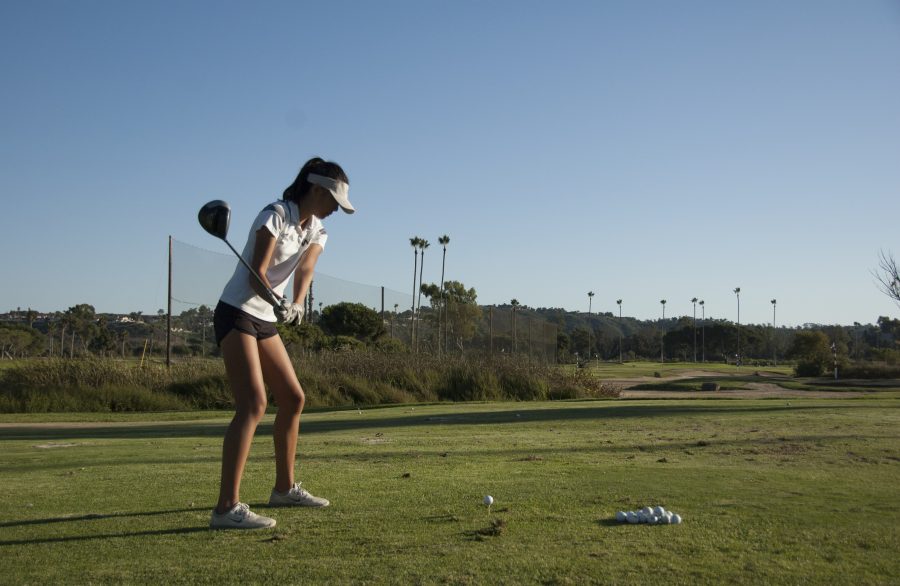Breaking down the different approaches and equipment golfers use on the course.
Unlike most games involving a ball, the playing areas in golf vary significantly. While courses typically have 18 holes arranged in successive order, a tee box to start from, putting greens that contain the holes, and various obstacles, each course is unique and takes on the characteristics of the architect’s design. For players, it’s imperative to adapt their approach and equipment to the part of the course they are hitting from.
To begin, players must hit off a tee in the tee box, a flat and level area that normally requires an initial shot of around 200-400 yards, depending on the skill of the player. This long shot is called a “drive”. With longer holes like par-4 or par-5, the use of a long-shafted, large-headed club called the driver is recommended. But with shorter holes like par-3, it is better to use an iron. The goal is to keep your ball on the “fairway” or the area between the tee box and the putting green, and maximize the distance of your stroke. “When you’re hitting from the tee box, it’s all about power and control,” Kelly Gorman (11) said. “So that means you really have to have a lot of speed in your swing. Ideally, all the power should come from the movement of your hips and it should eventually transfer forward to the ball.”
- Players will eventually find themselves on the putting green, an area of smooth, shortly trimmed grass surrounding the hole. At this last portion of the journey, the player’s primary focus is on the accuracy of their shot towards the hole as power isn’t necessary on the small confines of the green. A flat-faced club with a mallet-like head called the “putter” is used and players must “read” the green by noting such characteristics as slope and grass length. “I always look at the slope of the green,” Gorman said. “I look if it’s uphill or downhill and if there are any breaks on my line that I need to take into consideration.”
2. As much as players desire to remain on the fairway, situations aren’t always ideal and they have difficulty maintaining control. The “rough” is the area of longer, rough cut grass beyond the perimeters of fairway. At this point, the focus of players is to get the ball closer or into the hole, using an iron or fairway wood with a flat, more angled face than the one on the driver. “If you’re hitting uphill, you can choke up on the club, so you don’t take out too much grass in your stroke,” Isabelle Leung (11) said. “If you want to land the ball on the green, you can take a flop shot by opening up your club. Opening up your club is when you rotate the club, so that it faces slightly away from you.”
3. Other places the ball can land if players aren’t able to maintain control are hazards like bunkers and waterways. Bunkers are small areas that are filled with sand and generally incorporate a lip or barrier on the edge closest to the green. Here, use a sand wedge—a heavy, lofted iron with a flange on the bottom. “Bunkers are frustrating because you can’t touch the sand with your club before your stroke, and the sand you pick up [with the club during your swing] affects the distance of your ball,” Gorman said. “Sometimes, the ball hits the lip and just rolls back down. I always open up the face of my club to make the ball go higher and take a bigger swing to take out more sand and reduce the distance it goes.”




